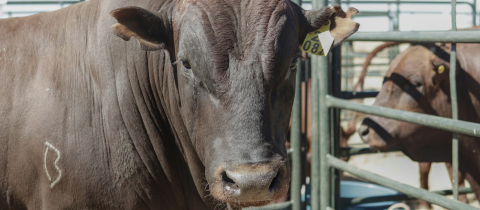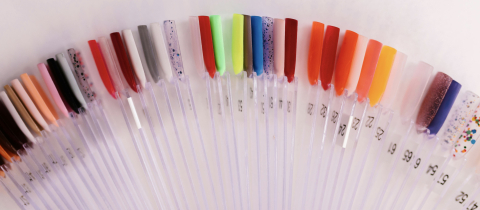Most skin cancers when caught early are totally curable which is very comforting given that there are over a million cases a year in North America. And the numbers are increasing! Why? People are living longer and as a consequence have greater sun exposure. Skin damage due to ultraviolet light is cumulative, so it isn’t surprising that as people age they have a greater risk of developing skin cancers, especially if they do not use adequate sun protection products. Researchers, and cosmetic companies, are obviously interested in producing effective sunscreens as well as products that may reduce the risk of skin cancer after sun exposure. One of the substances that may do that is caffeine. When applied to the skin of mice after exposure to ultraviolet light, the animals developed fewer skin cancers than expected. But mice aren’t men and researchers at Rutgers University wondered if the same effect would be seen in humans. Before engaging in human trials, they wanted to make sure that the moisturizing cream base in which the caffeine would be applied would have no effect on skin cancer development. After all, cream manufacturers generally test only for allergenicity and skin irritation and do not test creams fore any carcinogenicity effect associated with ultraviolet light exposure. When mice were treated with a common moisturizing base after twice weekly exposure to ultraviolet light, Dr. Allan Conney and his team were in for a surprise. The animals treated with the cream had a greater risk of developing skin cancer than the control animals that had been exposed to ultraviolet light only.
This observation triggered a further investigation into the possibility that some common commercially available moisturizing creams would also enhance the risk of skin cancer. And all the ones they tried, did! Could there be some ingredients in these creams that promoted cancer in skin that had been previously injured by sunlight? Not an easy question to answer, given that moisturizing creams can contain a variety of ingredients and that no two products are alike. For a start in unraveling the mystery, Conney asked Johnson and Johnson, a major cosmetics manufacturer, to make a cream without the ingredients that he thought were the most likely to be associated with the noted effect. Sodium lauryl sulfate, which can cause skin irritation, would be excluded, along with petrolatum and mineral oil which are potential allergens. This custom blended cream did not have the cancer promoting effect seen in the other products. Not all the others had sodium lauryl sulfate, but they did have either mineral oil or petrolatum. The evidence isn’t iron clad that these are the guilty ingredients since there were differences in the other ingredients including the preservatives used. But Johnson and Johnson thinks that there is something to its custom blended cream and has patented the formula. What are we to make of this research for now? Let’s remember that the mice were exposed to ultraviolet light without protection from sunscreens and were of a special high-risk variety.







